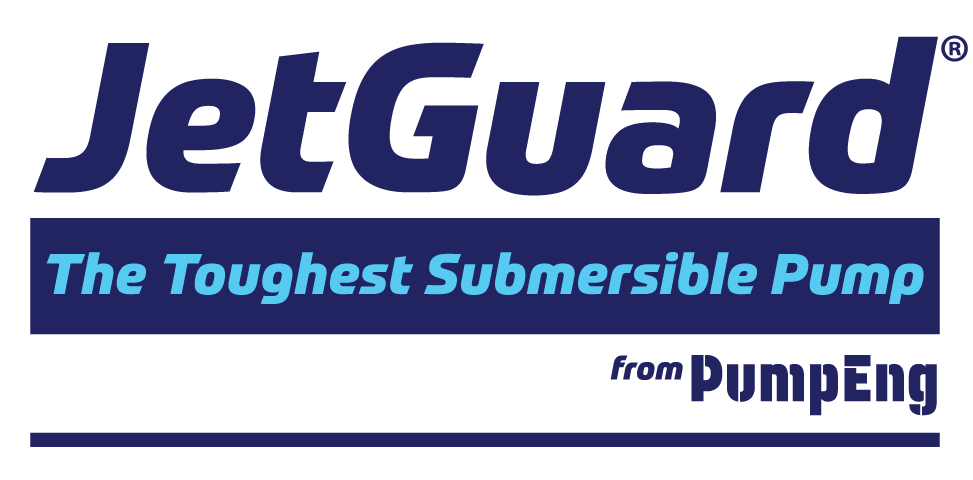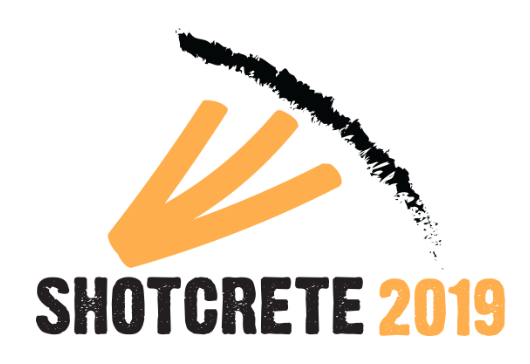This is an interview with Professor Phil Dight, Professor Geotechnical Engineering, Australian Centre for Geomechanics (ACG). The ACG is a joint venture between The University of Western Australia and the CSIRO and is a not-for-profit mining research centre. Professor Dight has worked with the ACG for 11 years. His areas of interests are open-pit mining, underground mining, ground support and stress measurement. As part of his research, he and his associates have been looking at the behaviour of Shotcrete and how it influences rock behaviour. In this article, fibrecrete and Shotcrete are considered synonymous. He discusses the advantages and disadvantages of Shotcrete and areas of innovation in the area of wall stabilisation as well as pump innovation.
Shotcrete & Mine Risk Management
How does Shotcrete affect risk management in underground mining?
Shotcrete is as part of the mining sequence for ground support and to facilitate early re-entry. The purpose of the initial application of Shotcrete is to allow mine workers and machinery to access the development phase much earlier than they could have done without the use of Shotcrete.
Shotcrete in one form of ground support. In the very early stages of the set and cure, the first material to form is called ettringite which creates conditions stable enough for early re-entry. Ground support is of fundamental importance in mine design and mining risk management to reduce the hazards associated with falls of rock and seismic influence.
The Shotcrete design often focuses on the materials which go into the Shotcrete: the cement, the aggregate and the fibres. This can be confused with the properties of Shotcrete required to enhance the rock’s ability to support itself. Shotcrete behaviour in a mining environment is often quite different than in a civil tunnelling environment whereas in a mining environment, a wide range of temperatures can affect the behaviour of the Shotcrete. In civil tunnelling, there is not the same significant change in temperature during development.
Shotcrete helps bind the surface of the rock together in a way individual blocks are arrested before they can eject from the surface. The influence of the Shotcrete then is to provide a form of cover which can reduce the sliding and/or a gravity failure of rock.
My interest is in how the rock sees the Shotcrete. I’m also keen to understand the behaviour of the fibre in the Shotcrete. The reason why there is interest in the surface characteristics of the fibre is the element significantly influences the way the Shotcrete behaves post cracking when the rock is starting to move.
Surface Deformation & Synthetic Fibre
How are mining conditions different from civil tunnel construction?
In mining, we see substantial deformation, which is contrary to what you would tolerate in a civil tunnelling situation. The mining industry were early adopters of the synthetic fibres because the synthetic fibres can handle and absorb so much more energy over more significant displacement than the steel fibres. They are also less prone to degradation due to acid or corrosive environment we often see in mining.
Research & Industry Adoption
How do the results of academic research find their way into operations in Australia mines and construction companies?
The ACG is a particularly well-placed group that sits neatly between university academics and industry. The people in the ACG all have extensive field and work experience over a large number of global projects, and they can bring to bear what the industry is after in a way that often the academics do not understand. The academics, however, provide the essential numerical and theoretical basis for the sort of work we do at the ACG. Our research finds its way into operations; quite often, it is because the mining industry has come to us to help them solve the problem. The industry itself is a very early adopter of research if it is seen to be relevant.
What sort of time lag do you usually see between published research and industry adoption?
The issue with time lag is a curious one. An organisation that is an early adopter will quite often adopt something before it’s been published. The reason for this is because they are the ones funding the research. With some research groups, there is an escrow on publication to enable their sponsors who have funded the research to get a competitive advantage. Hence, there is an advantage in being a sponsor in these circumstances.
The time lag is highly variable because it also depends on how industry people perceive the potential of an innovation. If innovation is closely geared to the industry, it could be quite short. If the industry doesn’t see the value, it might never be adopted.
We have been successful in our approach to innovation. We have taken time-honoured approaches, pulled them apart, corrected the physics and then applied the practical solutions. Quite often, the problems that we often see are bad physics, not bad actions.
Advantages of Shotcrete
What are the advantages of using Shotcrete?
The first advantage is that it can be used so early on in the mining cycle. The main cost of development underground in mining is the use of the drilling jumbo. The faster that piece of equipment can get back into operation, the lower the cost to the operation. Shotcrete can be sprayed onto the ground after being scaled. Re-access to the area that’s been sprayed with Shotcrete is achieved within one to two hours. This rapid stabilisation approach speeds up the whole production cycle. Shotcrete can handle quite large deformations. Usually, you will see it used in combination with other support strategies that go over the top of the Shotcrete, including mesh and rock-bolts.
Disadvantages of Shotcrete
What do you think are the disadvantages of using Shotcrete?
The main challenge for me as a geotechnical engineer is that I cannot see the rock that has been covered. For a very long time, we have used our observation of the rock, the fabric in the rock structure to be able to anticipate where are we going to see problems. Now, we are using the Shotcrete so rapidly after an excavation; we have lost the opportunity to see and map the geological characteristics of the wall rock. There are techniques which can help but sometimes the logistics mean the data available immediately after blasting is lost.
The industry suffered in the 1990s with fatalities; and we as an industry then started using much more reinforcement to stabilise the ground. A consequence has been that we are probably now over supporting in many areas. The inflated cost does influence the economic viability of some of the mines.
High Strength Mesh in Mine Wall Reinforcement
What type of innovation is happening in the area of mine stabilisation? Are there alternative approaches emerging?
The main innovation developing at the moment will be the use of particular high strength mesh. Mesh use on the wall and back is an efficient way to address the impact of seismic behaviour. It is used in combination with Shotcrete and rock-bolt stabilisation. With the advent of these combined approaches, the standard of ground stabilisation has improved. Miners are now achieving control of the ground which had been previously problematic due to seismicity.
Reducing Shotcrete Fibre in Waste Water
What are approaches taken to minimise the amount of Shotcrete fibre that finds its way back in the water run-off?
Flash Set
The first innovation is the use of a chemical called a flash set to minimise the rebound when you’re spraying the Shotcrete. The chemical significantly reduces the amount of fibre, which accumulates on the floor of the development.
Dirty Water Sumps
The second approach is that given that water management involves collecting water into sumps. The most common way to handle the fibre is to have a series of sumps, including a dirty water sump and a sump where you can pump the effluent out. This approach means hopefully; you can capture the fibres in the earlier sump before it goes any further.
Minimising Damage To Pump Systems & Impact On Production
JetGuard reduces pump failure from Shotcrete fibre damage. Could this technology affect the production perspective?
Indeed, the most significant barrier to the use of synthetic fibre has been the impact on the pumping systems. A submersible dewatering pump like JetGuard, which readily reduces the problems of synthetic fibre damaging pump impellers is going to have a positive effect on production. From the advice I have received, it sounds like the JetGuard pump is achieving that goal.
About the ACG
The Australian Centre for Geomechanics was established in 1992 to provide research excellence, education and training in geomechanics for Australia’s extractive resources industries. The ACG seeks to improve the safety and commercial viability of industry through multi-disciplinary research projects and by providing continuing education programmes and training tools designed to keep industry personnel up-to-date with emerging technologies and knowledge.
Visit: The Australian Centre for Geomechanics

